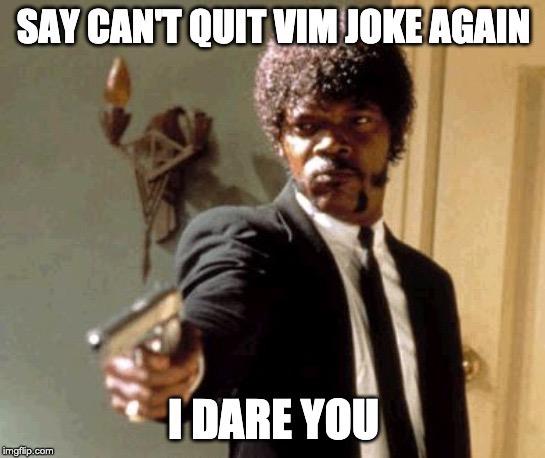Dev
- Mimic is a tool for authoring configuration in Go. It uses a provider model to help generate specific config files and offer a typed interface so you can use it for, for instance, generating HCL for Terraform and YAML for Kubernetes at the same time.
- Heap Maps 101 by Samantha Bretous – tutorial on heap maps, also known as a heap, is a set of values stored in a specific order that allows efficient access or modification.
- Hacking Go modules – “Suppose, not hypothetically, that you have found a useful Go program, but when you test it you discover that it has a bug that’s a problem for you, and that after you dig into the bug you discover that the problem is actually in a separate package that the program uses. You would like to try to diagnose and fix the bug, at least for your own uses, which requires hacking around in that second package.” But if the program has been migrated to Go modules, things could get a little tricky. Chris Siebenmann shows you how to proceed.
- A high-speed network driver written in C or Rust, Go, C#, Java, OCaml, Haskell, Swift, JavaScript, or Python. “Ixy is an educational user space network driver for the Intel ixgbe family of 10 Gbit/s NICs.…Its goal is to show that writing a super-fast network driver can be surprisingly simple.” Explore the project’s GitHub repo, or check out “The Case for Writing Network Drivers in High-Level Programming Languages” to learn more.
- Solving the Dragon Sector 2019 Teaser CTF CPU Adventure challenge – Robert Xiao explains how he and his team “reverse-engineered a program written for a completely custom, unknown CPU architecture, without any documentation for the CPU (no emulator, no ISA reference, nothing) in the span of ten hours.”
Ops
- Which Distribution of Linux Should I Use? – What type of Linux distro you should choose, based on what you’re looking to do.
- How much do the differences between cloud providers matter? – Katy Stalcup breaks down terminology, compute options, and more.
- Should you be using event-driven microservices? – “If you’re an enterprise architect, you’ve probably heard of and worked with a microservices architecture. And while you might have used REST as your service communications layer in the past, more and more projects are moving to an event-driven architecture.” Jason Skowronski outlines best practices for event-driven microservice architecture, taking you through the pros and cons, key design choices, and common anti-patterns.
- Talos is a single-purpose operating system designed to provide clusters abstractions and tooling rather than focus on individual hosts. It’s built to run Kubernetes. GitHub.
tail -f /dev/misc
